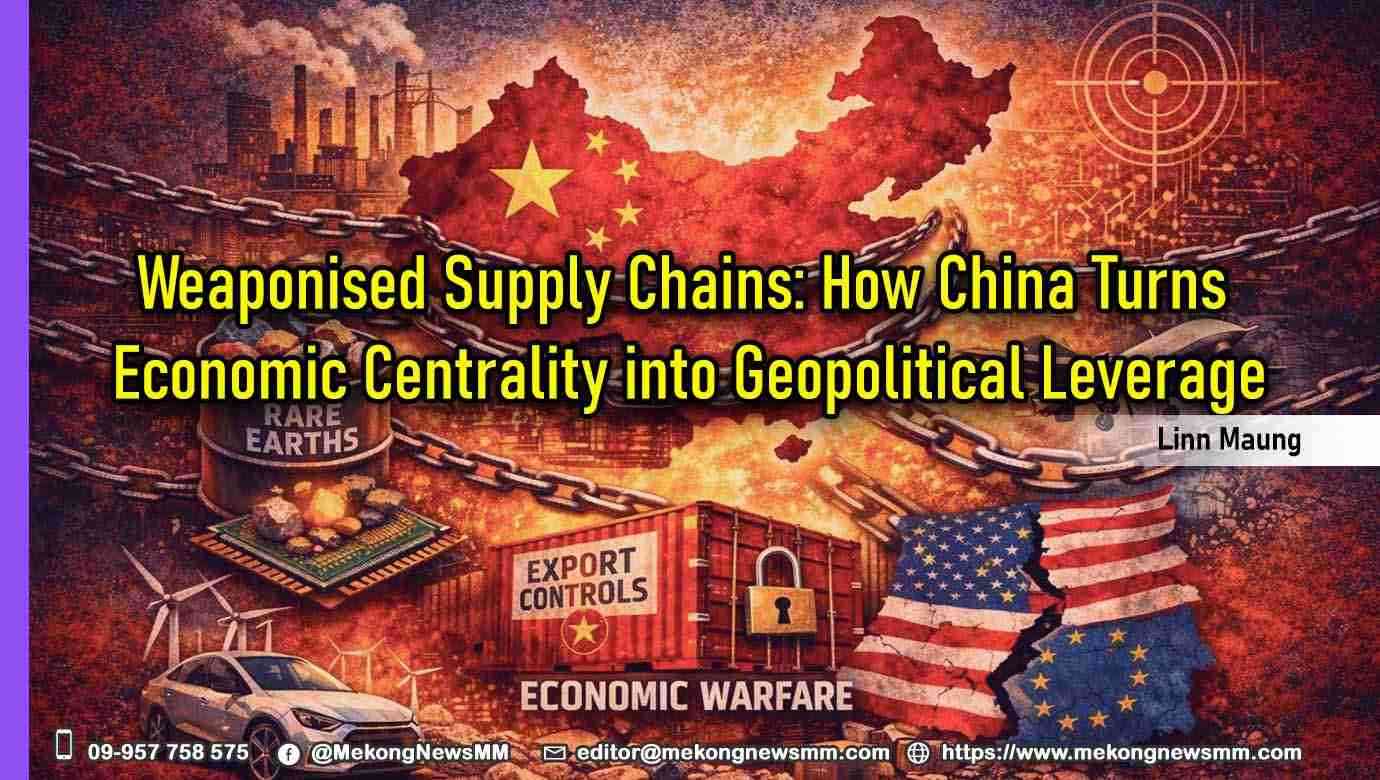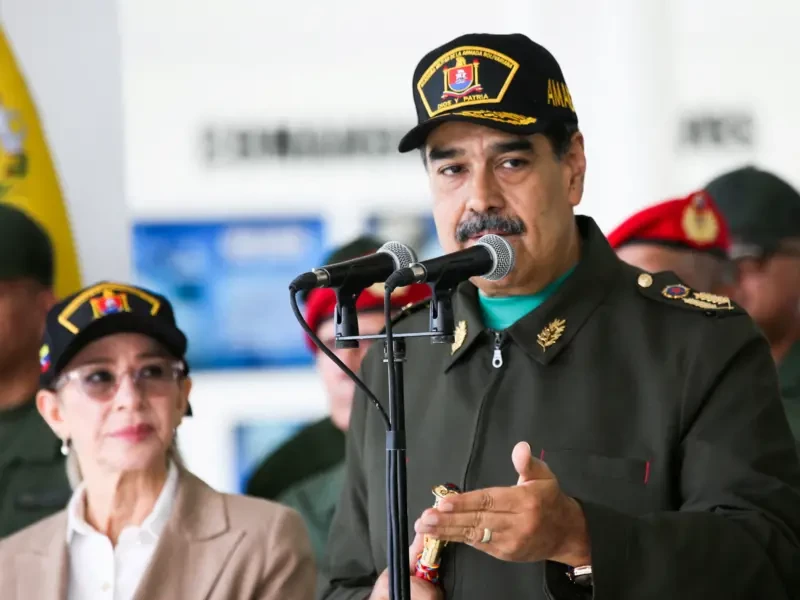
THE deadly HIV virus has caused its fair share of destruction to the Zimbabwean society and economy and worse still, continues to do so and likewise, another pandemic of a different nature, “corruption”, has now taken over.
THE CENTRE SPREAD BY CHARLES LAITON
The graft pandemic has taken its toll on the public and continues to send millions of citizens into the deepest end of poverty.
Unlike the deadly virus which has now been tamed by the introduction of antiretroviral drugs, corruption has proved a lot more difficult to suppress.
Instead, it has gone further to resist any forms of antidotes that have been put in place by the powers-that-be.
Zimbabweans would be interested to know how this country became infected and infested with the corruption contagion and what has become of the alleged culprits.
HOW THE COUNTRY LOST ITIn the early 1980s, corruption at the scale we see it now was rare. The Paweni Grain Scandal was the most notable.
In the 1990s, sleaze wasalien, but when the biggest scandal, which was later known as “Willowgate”, rocked the country and left many politicians’ careers hanging by the thread after a letter got lost and landed on a businessman’s in-tray when he was not entitled to the tax rebates for a newly-assembled Toyota Cressida by government’s Willowvale Mazda Motor Industry (WMMI).
- Chamisa under fire over US$120K donation
- Mavhunga puts DeMbare into Chibuku quarterfinals
- Pension funds bet on Cabora Bassa oilfields
- Councils defy govt fire tender directive
Keep Reading
By that time, the letter and enclosed cheque were misdirected to businessman Obert Mpofu, who later became a politician. Mpofu is the current Transport and Infrastructural Development minister.
Mpofu was mystified as to why he would be entitled to a rebate from the WMMI assembly plant for a car he had not ordered.
He was also not entitled to buy the vehicle on relaxed terms as he was not yet a government official back then.
In the letter, Mpofu reportedly noticed that both items were actually not meant for his office, but were meant for one A Mpofu.
This other Mpofu later turned out to be an employee of a leading Bulawayo businessman, who was neck-deep in shady deals with many prominent politicians.
As the events unfolded, the letter eventually found its way to a local newspaper, The Chronicle, which then broke the story under a screaming headline: Cars Racket, and the story had a huge impact throughout Africa.
President Robert Mugabe immediately instituted an inquiry into the matter by appointing the Sandura Commission of inquiry to get to the bottom of the matter at WMMI.
The findings by the three-member commission led by retired Supreme Court judge Justice Wilson Sandura led to the resignations from government of some Cabinet ministers.
PROMINENT MINISTERS FINGEREDProminent among them was current Zimbabwean Ambassador to China Frederick Shava, Zanu PF Bulawayo provincial chair Callistus Ndlovu, the late Enos Nkala and Dzingai Mutumbuka among others while Political Affairs senior minister Maurice Nyagumbo reportedly committed suicide in shame and was declared a national hero.
The ministers, among others, were reportedly part of the scam that sowed the seeds of corruption, which pandemic the country would later struggle or rather fail to contain.
Mugabe, then, pledged to take action against the masterminds of the Willowgate Scandal.
NO ONE BROUGHT TO BOOKAs history will show, the Willowgate Scandal culprits were never brought to book, for reasons best known to the powers-that-be and by doing so, the government created an opportunity for other top officials to follow suit believing they would get the same protection their colleagues had enjoyed.
As fate would have it, those that resigned, would later blame themselves as they realised that sleaze was not a punishable offence in the country.
When the Willowgate Scandal broke, a few politicians that resigned fell by the wayside temporarily like Shava, who later politically resurrected to become Zanu PF Midlands chairman and eventually party national director of administration before being posted to represent the country in China.
While Nyagumbo died by his own hand, Nkala later died a pauper after he was forgotten by the government, but those that hung on like Ndlovu have made a comeback into the political limelight.
Nyagumbo must be turning in his grave ruing why he killed himself in shame as skullduggery is now the order of the day in government.
It is clear that the failure by government to take stern measures against its corrupt elements started breeding corruption within other government circles that would later spread to private institutions, which resulted in top musicians like Thomas Mapfumo and Solomon Skuza coming up with songs bemoaning corruption that had invaded Zimbabwe.
At the time WMMI was at the centre of the racket, its sister plant in Mutare, which assembled Toyotas, Mazdas and Peugeots from imported “kits”, was the only other legal importers of cars into Zimbabwe.
At the time, there was a long waiting list for the vehicles, but the law allowed ministers and MPs to jump the queue on grounds that they needed cars for official business.
Instead of keeping these cars, however, many officials were reselling them at huge mark-ups in violation of a law controlling the prices of second-hand vehicles by the government.
At that time, Shava bought and sold so many vehicles that the Sandura Commission criticised him for “behaving like a car dealer”.
WAR VETERANS AND OTHER SCHEMESZimbabweans will also remember that there was the War Victims’ Compensation Fund which was introduced in the ’90s where a number of government officials claimed as much as 90% disability and “looted” government funds in the name of having participated in the nationalist struggle.
Though the idea of compensating the country’s heroes was noble, the scheme was marred by controversies as corrupt elements in high offices invaded the good cause and fleeced the fund’s coffers.
Not only were these two incidents at the helm of corruption breeding in the country, there was also the Senior Civil Servants’ Housing Scheme, which saw non-civil servants benefitting from the loans that were availed by the government to assist its own poor masses.
Large sums of cash were looted by top government officials and although a handful non-civil servants benefited, no action was taken against them and by doing so, it increased the rate of corruption which has now spilled into the 21st century at an alarming rate.
CORRUPTION IS THE WINNERCorrupt elements in the government and parastatals continue to enjoy protection even to this day. Quite a number of top government officials have been fingered in corrupt activities, but nothing has been done to them as they continue to enjoy protection from their comrades in arms.
The same situation has been prevailing to date where only the “elite” in top positions seem to enjoy the “corruption fruits” and continue to smile all the way to the banks at the expense of the majority of the Zimbabweans who still continue to wallow in poverty.
PRESIDENT’S FUTILE EFFORTSRecently, Mugabe introduced the Zimbabwe Anti-Corruption Commission (ZACC), an organisation meant to deal with the corrupt elements in the country, but the same commission has been at the centre of a lot of controversies and accused of being corrupt itself.
ZACC is up in arms with its own commissioners who have accused their employer of causing the disappearance of over $5 million which was meant to benefit its employees in terms of salaries, allowances and other packages.
Rather, the anti-graft body has gone further to engage top lawyers to defend itself in the courts of law using a substantial amount of money which could have benefited its operations in fighting corruption in the country, and the question now remains “Who will guard the guard” if any meaningful decision to combat corruption in Zimbabwe is to be made?
NOTABLE CORRUPTION CASES SINCE 1987
- 1987 — Ziscosteel Blast Furnace Scandal
- 1987 — Air Zimbabwe Fokker Plane Scandal — $100 million
- 1986 — National Railways Housing Scandal
- 1988 — Willowgate Scandal
- 1989 — ZRP Santana Scandal
- 1994 — War Victims Compensation Scandal
- 1995 — GMB Grain Scandal
- 1996 — VIP Housing Scandal
- 1998 — Boka Banking Scandal
- 1998 — ZESA YTL Soltran Scandal
- 1998 — Telecel Scandal
- 1998 — Harare City Council Refuse Tender Scandal
- 1999 — Housing Loan Scandal
- 1999 — Noczim Scandal
- 1999 — DRC timber and diamond UN-reported scandals
- 1999 — GMB Scandal
- 1999 — Ministry of Water and Rural Development Chinese Tender Scandal
- 1999 — VIP Land Grab Scandal
- 2001 — Harare Airport Scandal
Excerpts from a paper presented by Dr G Shana at the Mass Public Opinion Institute Seminar, Crowne Plaza Hotel, May 9, 2006
Corruption in Zimbabwe has come in phases
THE most unanimous opinion condensed from audit reports, donor reports, household surveys, business environment and enterprise surveys, legislative reports and diagnostic studies available between 1980 -1987 was that the incidences of corruption, though present, were minimal no matter how they were defined.
During this period the State enjoyed a relatively high level of integrity, the few incidences of grand corruption that emerged in the form of two cases (State vs Paweni , State vs Charles Ndhlovu), received widespread societal condemnation.
From 1987, however, Zimbabwe saw an exponential rise in cases of corruption, from two in seven years to an average of three to four cases a year until 2002 when the lid fell off.
The down spiral began in 1987 and then chronicled the progressive disintegration of the national moral and economic fibre. The vast majority of the cases, if not all, involved high-ranking politicians, some of whom are still active in politics and/or government having been surreptiously recycled back into positions of authority even when they had been convicted and sentenced.
Involvement in corruption appears to have enhanced their political careers, not damaged them. The evil and upward spiral of corruption took a dramatic upward turn following the watershed elections of 2001/2002.
From 1980 to 1987, corruption was largely opportunistic corruption or greed corruption; from 1987 to 2001 we witnessed the emergence of political elite corruption or network corruption.
This was fast followed by patronage corruption as the networks needed protection and ensured political loyalty and leverage by the patrons.
From 2002, political corruption, chaotic corruption entered and now we are in the belly of a new phenomenon of corruption called the Corruption Factory or systemic or managed corruption that has engulfed the private sector in a greater manner than before.
— Extract of a paper presented by Dr G Shana at the Mass Public Opinion Institute Seminar, Crowne Plaza Hotel, May 9, 2006











